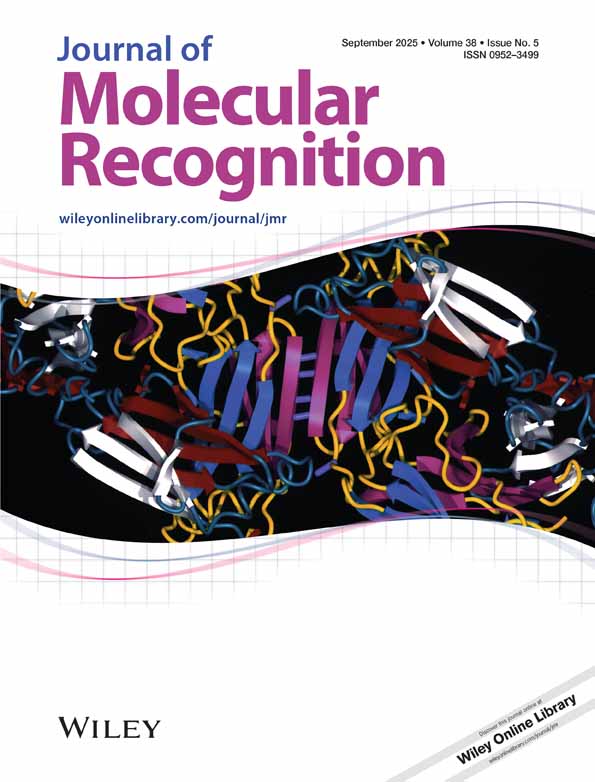Chromatographic kinetic measurements of human serum albumin adsorption on monoclonal antibodies
Abstract
A chromatographic method was employed to study the kinetics of human serum albumin (HSA) adsorbed on immobilized monoclonal antibodies. The antibodies of various specificities were covalently bound to a high performance liquid chromatography (HPLC) silica support. For very low desorption rates, successive amounts of the reacting protein were injected until column saturation. The analysis of the increase of the non-retained fraction calculated from peak area measurements gives the capacity of the support and the rate of the biospecific adsorption process.
The model is based on a second-order Langmuir kinetic law and assumes a global mass transfer for the adsorption process. The use of a silica support of small pore size permits the reduction of the contribution for mass transfer in the stagnant fluid and the decrease in the column capacity: due to its large size, the reacting molecule is adsorbed on the external surface of the particle.
The adsorption rate constants of HSA on five monoclonal anti_HSA antibodies of different specificities were determined. For all the immuno-adsorbents studied, the adsorption rate constant is significantly lower than that found on immobilized polyclonal antibodies. Measurements at different flow rates reveal that the mass transfer due to the transport to the adsorbent surface is small and can be estimated.




